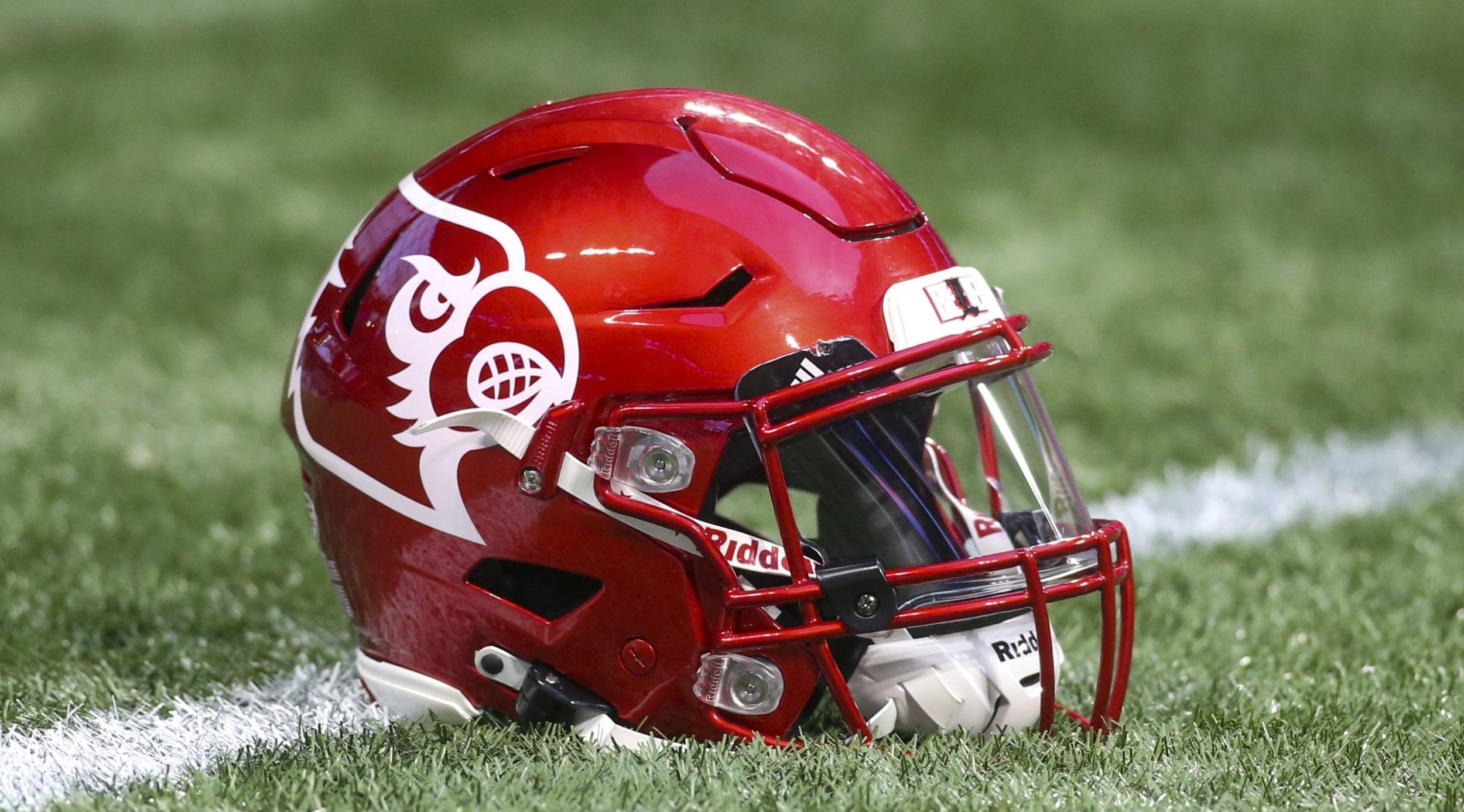It’s tough to balance fan service, new storylines, and long-running characters in a scripted show, much less a docuseries, but Drive to Survive’s fifth season remains on point.
In the United States, the popularity of the show is at the very least correlated with a massive rise in fan interest and television ratings, which has led other non-major sports like tennis and golf to try and tap into the exact same strategy, partnering with Netflix and Box-to-Box Films on their own all-access shows.
Those have received mixed reviews here and elsewhere, and at this point, it’s worth mentioning the possibility that there just might not be a way to translate what makes the F1 series work in other sports, because other sports don’t have the same, well, formula (I’m retiring that line now).
Watching the first three episodes of the fifth season, it’s clear that while the show’s producers and overall direction have a sense of how things have evolved from the start of the series, dropping in some subtle (and less subtle) winks and nods, they have a similar understanding of what people want to see.
A non-exhaustive list, in no particular order:
- A beautiful, globally diverse array of drivers presenting a mostly positive version of masculinity (Max Verstappen telling Carlos Sainz that Sainz deserved his win was lovely) interspersed with some slightly heightened passive-aggressively competitive drama.
- Team principals who are either in on the joke and willing to play with the reality of the show or who genuinely have no idea how they’re coming across on camera and are incapable of not being enthralling by virtue of that lack of self-awareness. (Or, in Red Bull boss Christian Horner’s case, both.)
- Truly exotic globe-trotting travelogue wealth porn, with plenty of quick celeb cameos (Tom Cruise has a few concerned lines in the aftermath of one of the worst crashes of the season) and a ton of literal color, all presented with some of the best production values in media.
- Impossibly fast cars going vroom.
Beyond that, the show has the luxury of whittling down thousands of hours of footage across an entire season of a sport into digestible episodes; even the most boring year of the most boring league will have enough drama for that. Drive to Survive hasn’t had a dull year in a while, thanks to the COVID year in 2020, the bitter Verstappen-Lewis Hamilton title fight in 2021, and last year’s shakeup in the power structure, with Red Bull and Ferrari battling through the early part of the year while longtime title mainstay Mercedes struggled to adjust their flawed design.
There’s plenty to go on here, and the show so far makes the most of it, with Ferrari featuring heavily in the first three episodes. The third is especially good, focusing on Ferrari’s strategic blunders and errors which led to (spoiler alert, I guess, if you just watch the show and don’t follow the sport) team boss Mattia Binotto resigning/being replaced at the end of the year.
The third episode focuses on Carlos Sainz’s efforts to capture his first race win. It’s a telling moment for fans of the show. Sainz has long been part of the show, going back to his days at Renault in 2019. Now, multiple levels up the competitive ladder (and with his too-present cousin/manager still getting plenty of undeserved screen time), Sainz gets a spotlight as he chases his first win.
There’s a very effective moment ahead of a critical restart at the British Grand Prix, where we see other drivers lounging and lingering outside their cars while Sainz is already parked at the end of the pit lane, ready to get back to the track. That’s the kind of shot that adds real context for people who watch the sport on a regular basis, It highlights the difference in approaches between drivers, not as a critique or to suggest one style is better, but just to give viewers a better sense of who Sainz is both on and off the track.
Drive to Survive also does fantastic context-setting. Some episodes focus on the same events as prior episodes, but from a different perspective. We also always know where we are in the season thanks to smart flashbacks and graphics. That allows everything to stand alone from episode to episode, more so than even some of Netflix’s scripted shows, which tend to be much more serialized in form. Viewers are bouncing around from storyline to storyline in each episode and it never feels staid, but it’s also never overwhelming, confusing, or anything less than binge-able.
The show isn’t a documentary. Journalist Will Buxton essentially functions as narrator, having mastered a particular overly dramatic reading of past events as if they’re currently happening. (Netflix should submit him for an Emmy.) Its goal is entertainment first, with staunch verisimilitude not even finishing in the points.
Mercedes team boss Toto Wolff even calls out producers for this open secret, using a talking head interview to note that the show is closer to Top Gun than it is a documentary. This is probably true, and the show is leaning into it more than ever. It’s telling that Wolff’s critique is prominently placed in the opening scenes of the season premiere.
The thing about Top Gun, though, as we saw again in 2022 with the franchise’s return: people like it. It’s fun as hell, and just because it’s fictionalized doesn’t mean we aren’t learning a whole lot of truth about an exotic, high-pressure world filled with professional risk-takers. Drive to Survive is certainly more “real” than that, but if you’re constantly noting how it isn’t actually “reality,” you’re missing the entire point of the show.






